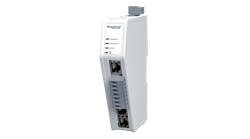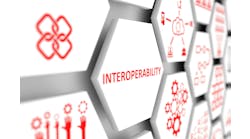In the past, in order to achieve the best performance for different applications and functions, factories needed to create their own independent, layered network architecture to maximize the efficiency of workstations, production lines, and the control center.
In addition to increasing production capacity and reducing production costs, the move toward Industry 4.0 also drives the future trend of mass customized manufacturing. This new approach to manufacturing relies on the interconnection of all devices in the factory. In practice, this means merging the information technology (IT) and operational technology (OT) networks to connect all end devices and to centralize data collection—from raw materials to production all the way to customer delivery. That real-time information then enables factories to optimize their production strategies.
With this trend in mind, system integrators that want to help factories with conventional layered networks transform into smart factories will face difficult challenges including technical feasibility, additional construction, and higher maintenance costs. To build true smart factories, we need to break through traditional layered network architecture first.



